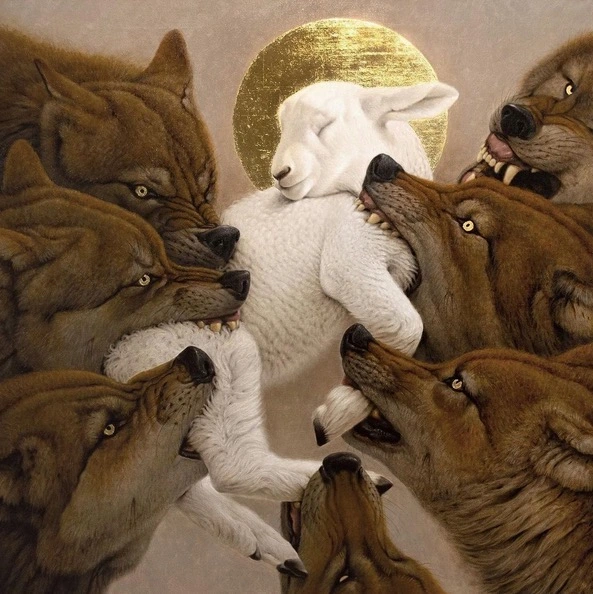view the rest of the comments
Traditional Art
From dabblers to masters, obscure to popular and ancient to futuristic, this is an inclusive community dedicated to showcasing all types of art by all kinds of artists, as long as they're made in a traditional medium
'Traditional' here means 'Physical', as in artworks which are NON-DIGITAL in nature.
What's allowed: Acrylic, Pastel, Encaustic, Gouache, Oil and Watercolor Paintings; Ink Illustrations; Manga Panels; Pencil and Charcoal sketches; Collages; Etchings; Lithographs; Wood Prints; Pottery; Ceramics; Metal, Wire and paper sculptures; Tapestry; weaving; Qulting; Wood carvings, Armor Crafting and more.
What's not allowed: Digital art (anything made with Photoshop, Clip Studio Paint, Krita, Blender, GIMP or other art programs) or AI art (anything made with Stable Diffusion, Midjourney or other models)
make sure to check the rules stickied to the top of the community before posting.


It’s interesting how the artist chose to forgo the use of blood in an otherwise savage image. There’s obvious religious overtones, but without any obvious indicators as to the nature of the wolves, it leaves it to the viewer to determine who or what the wolves are to them.
I appreciated the fact that the artist chose to depict the tension and implication of imminent violence, rather than actual act of present or past violence. It's pretty plain to see that the wolves aren't gently embracing the lamb, but technically, violence has not yet occurred.
When does something become violent? Is it only when blood has been shed? Is it when it's too late to undo the act? Or are the precursory actions that set the stage for figurative or literal violence just as complicit? As you pointed out, there is no blood, and we can tell by the lamb's expression and white coat that the wolves have not yet sunk their teeth into flesh. How close to killing are we willing to allow the wolves to get before we convince ourselves to intervene?
Fun! :)
I found it interesting how my initial interpretation of the lack of blood was some sign of invulnerability / strength. I guess that fits with the religious theme of it.